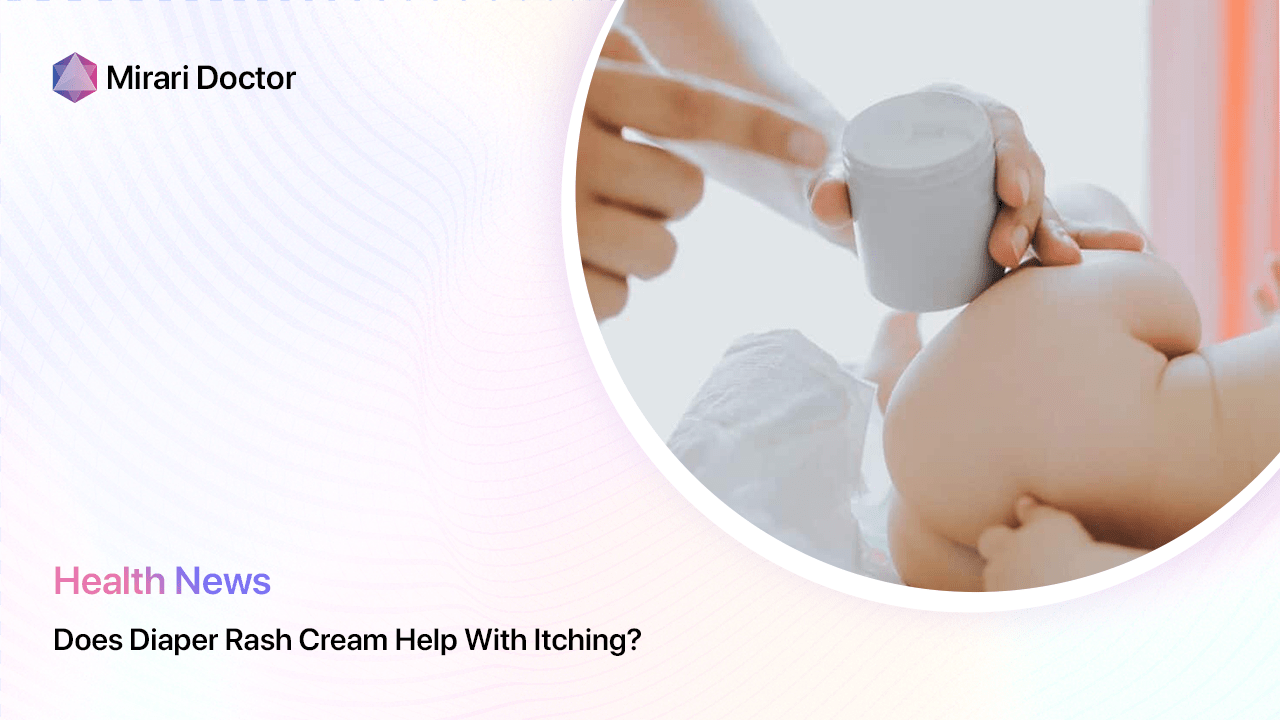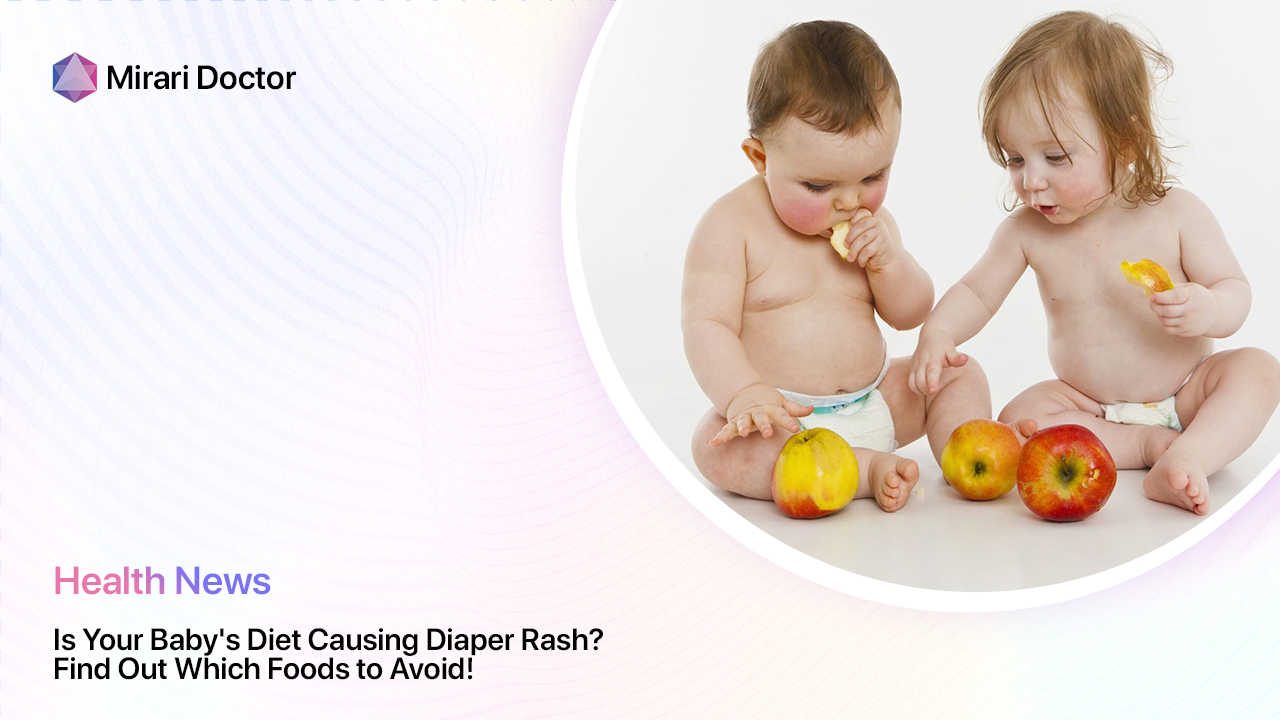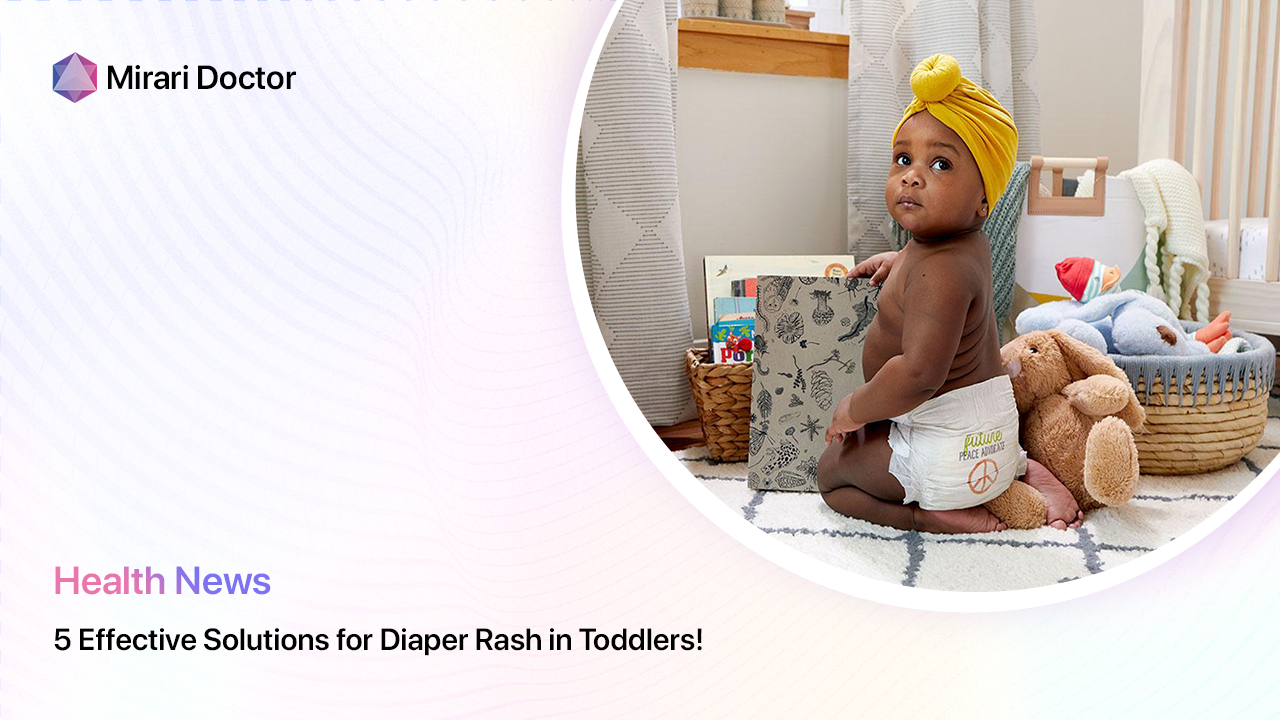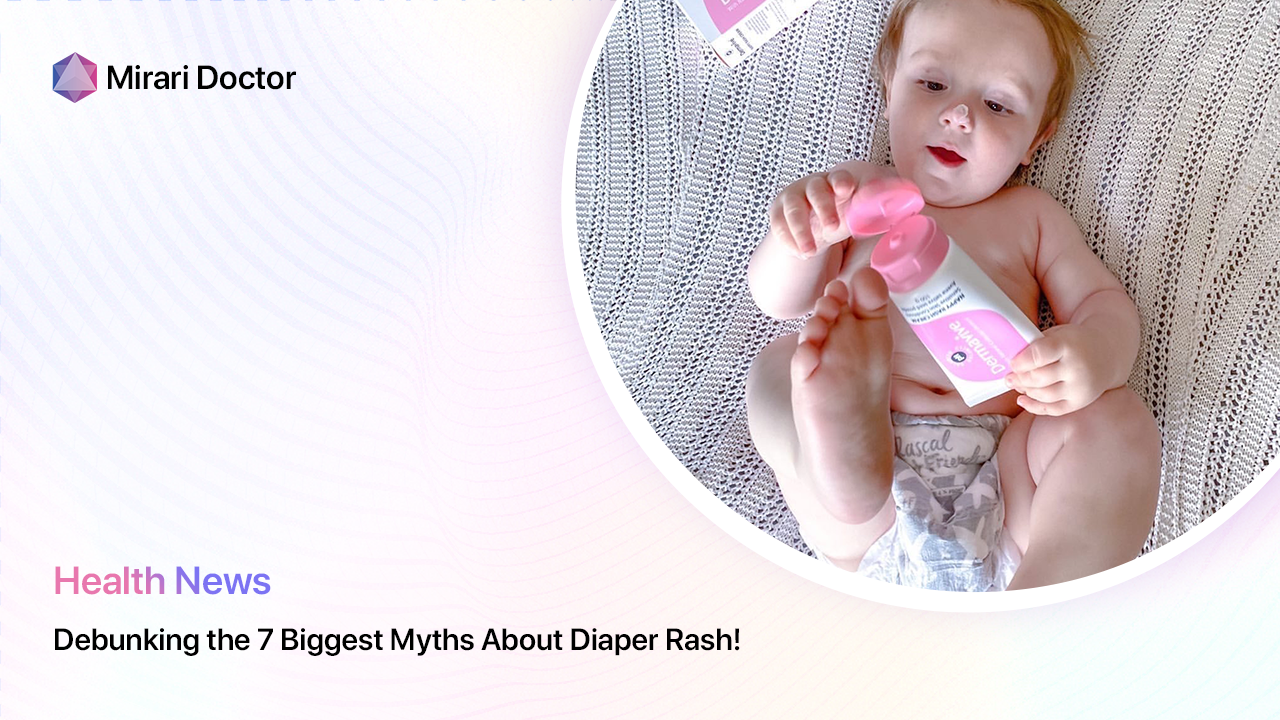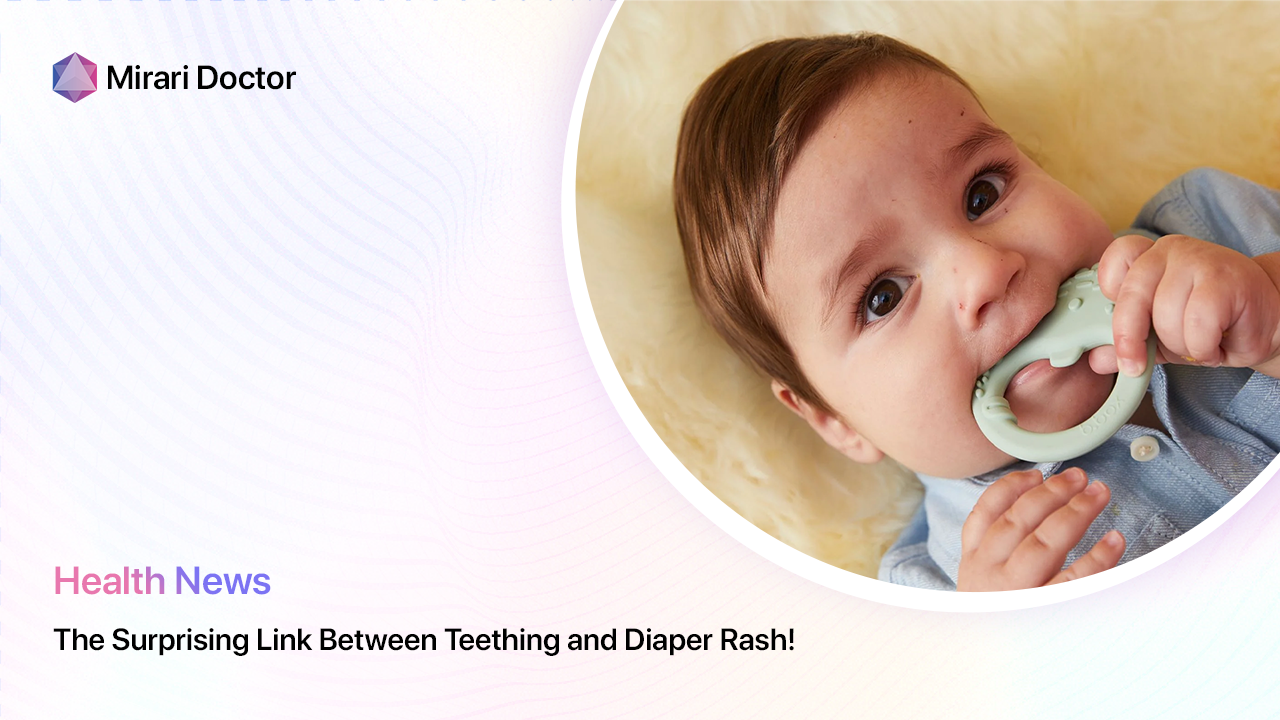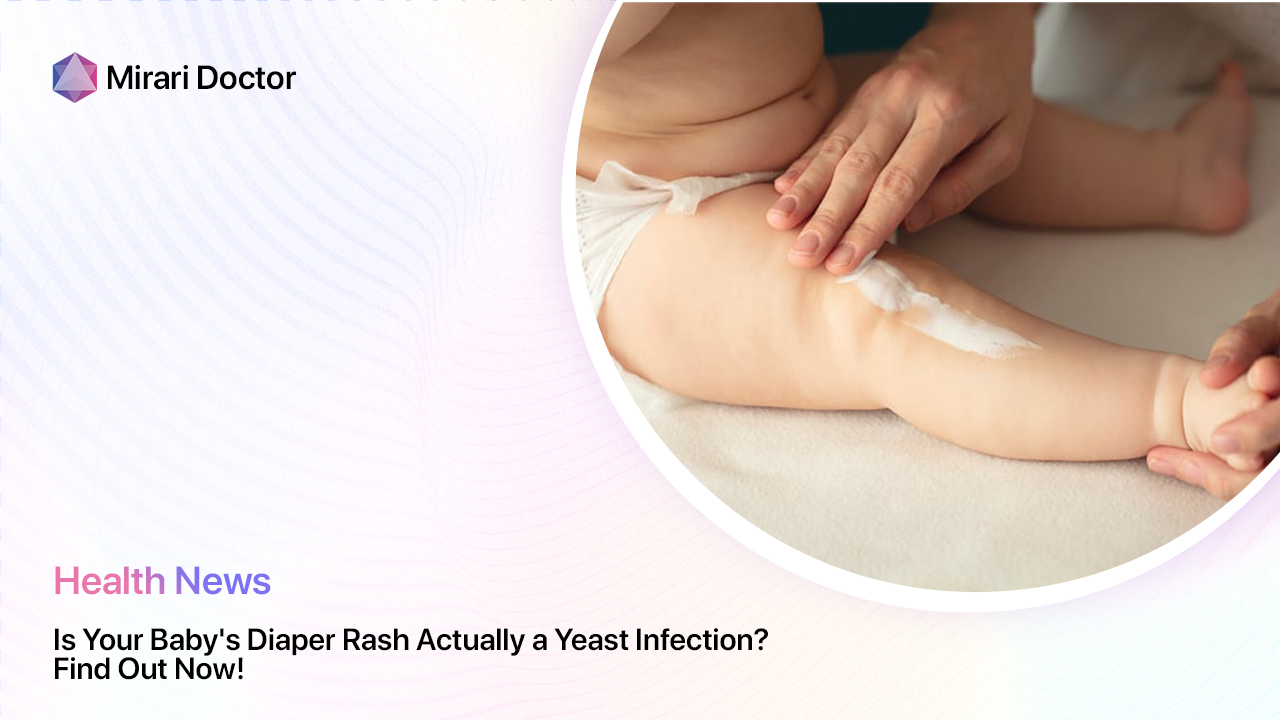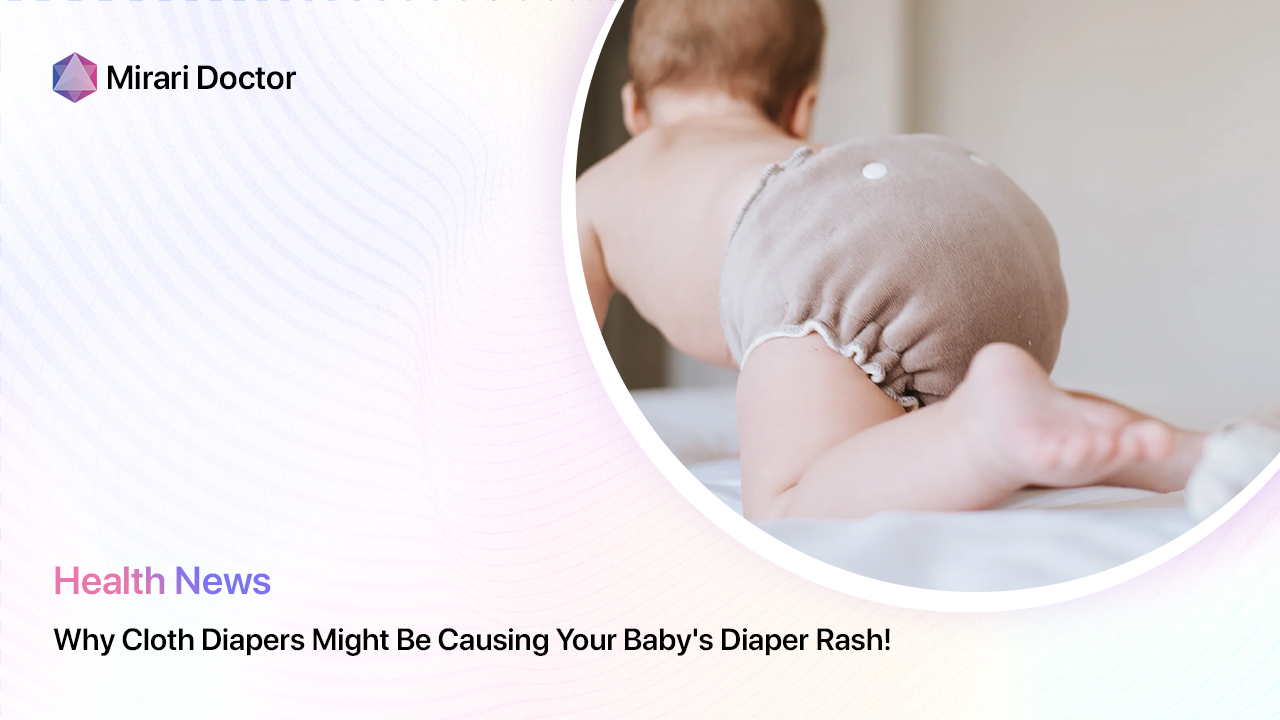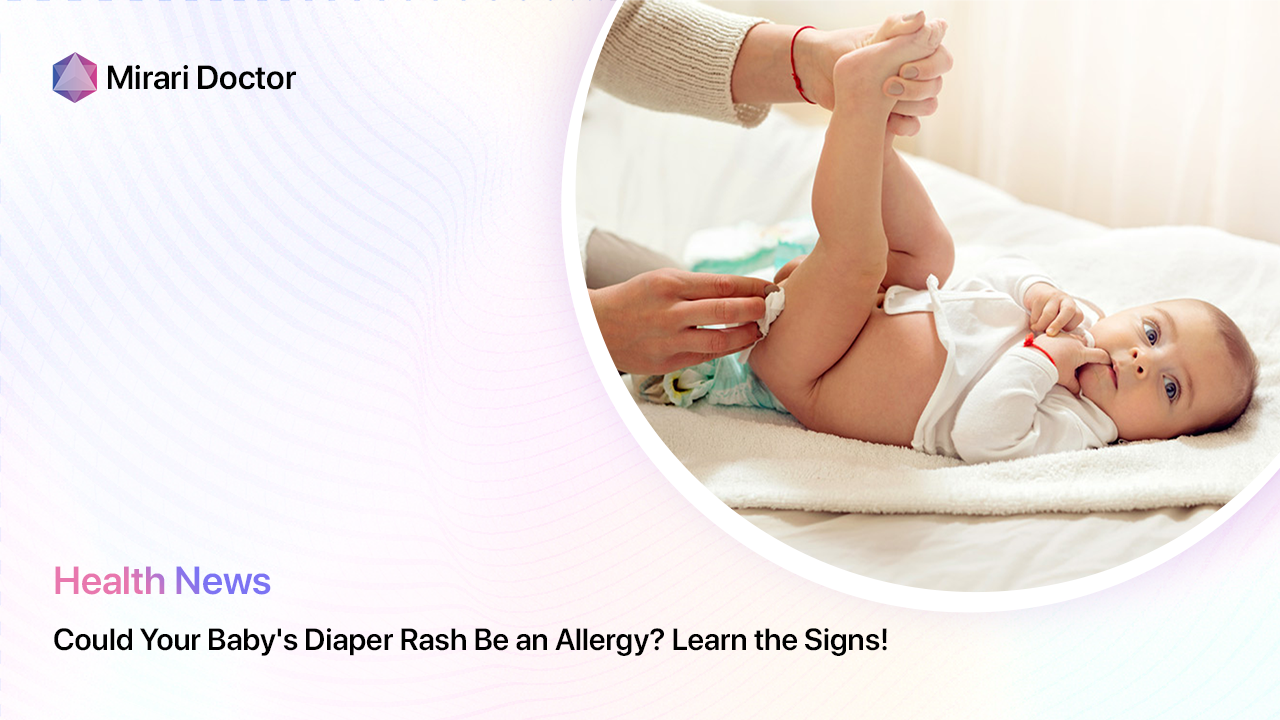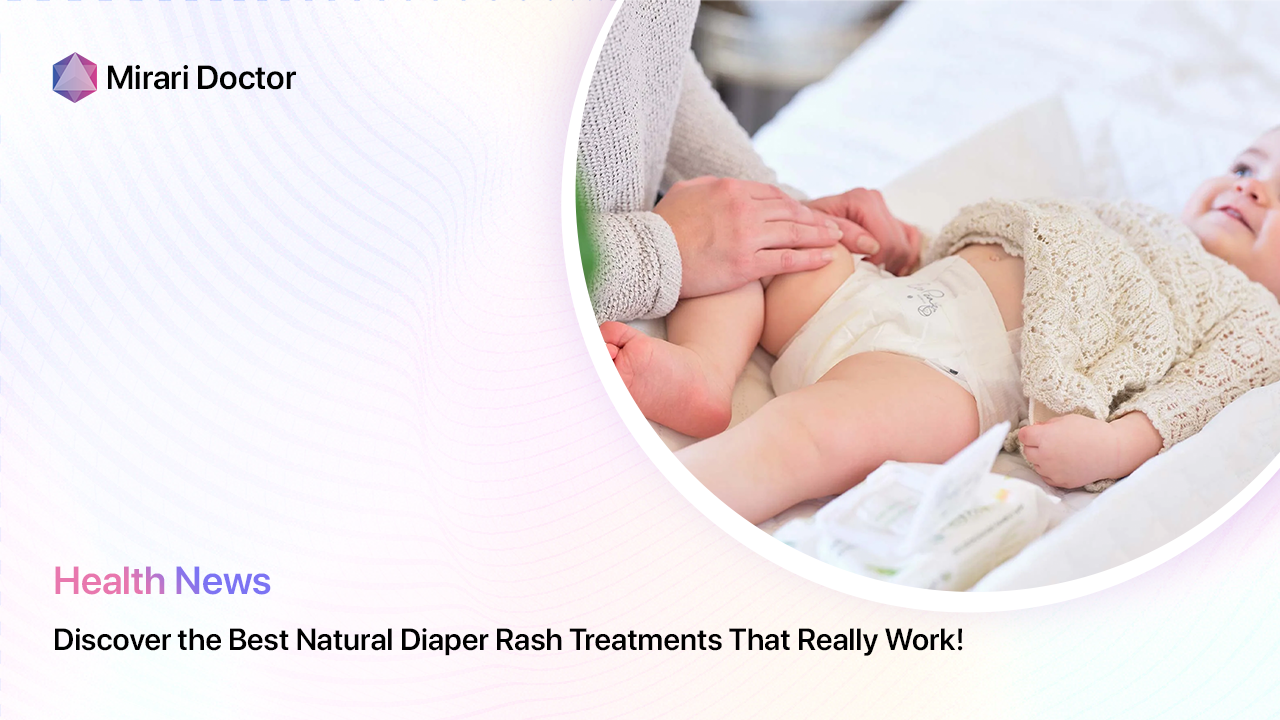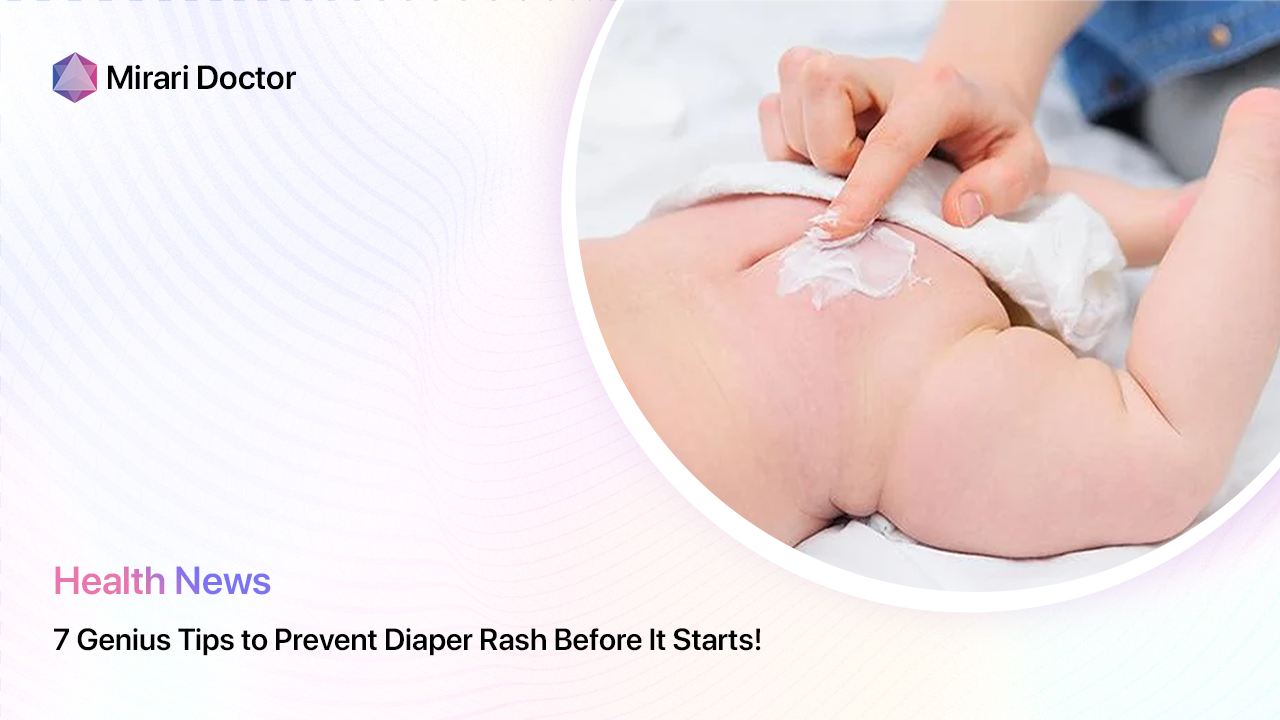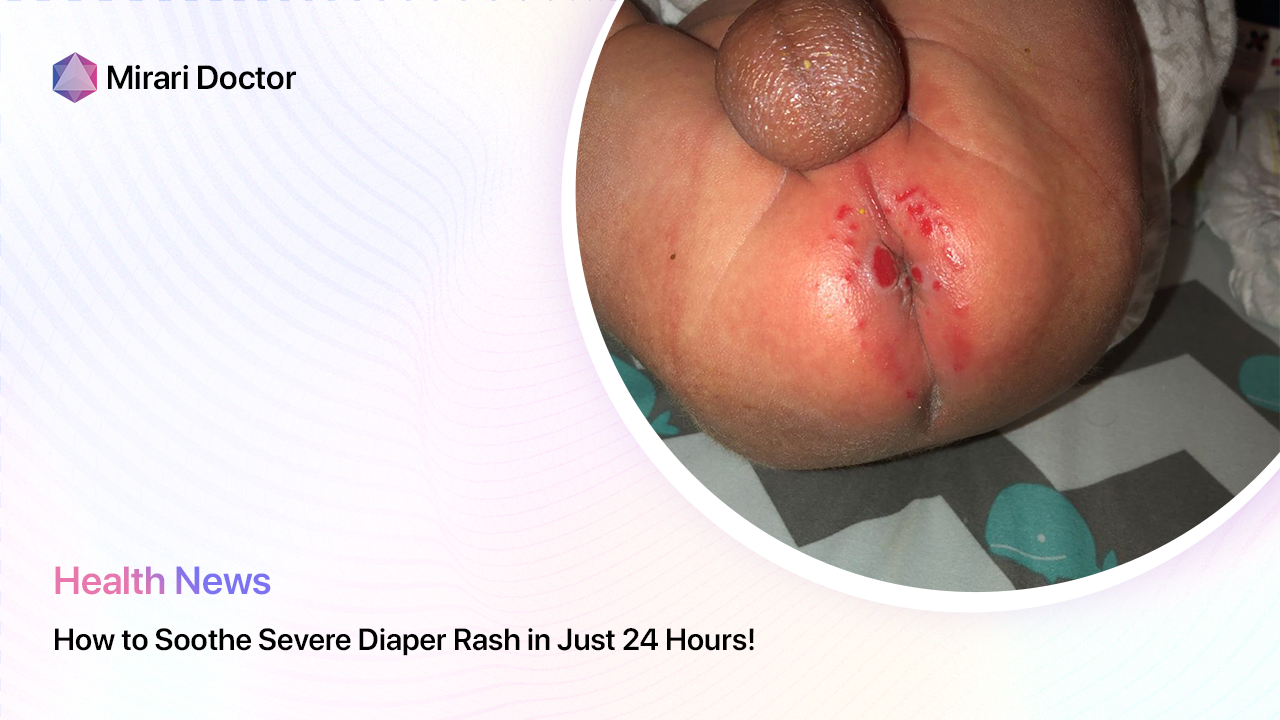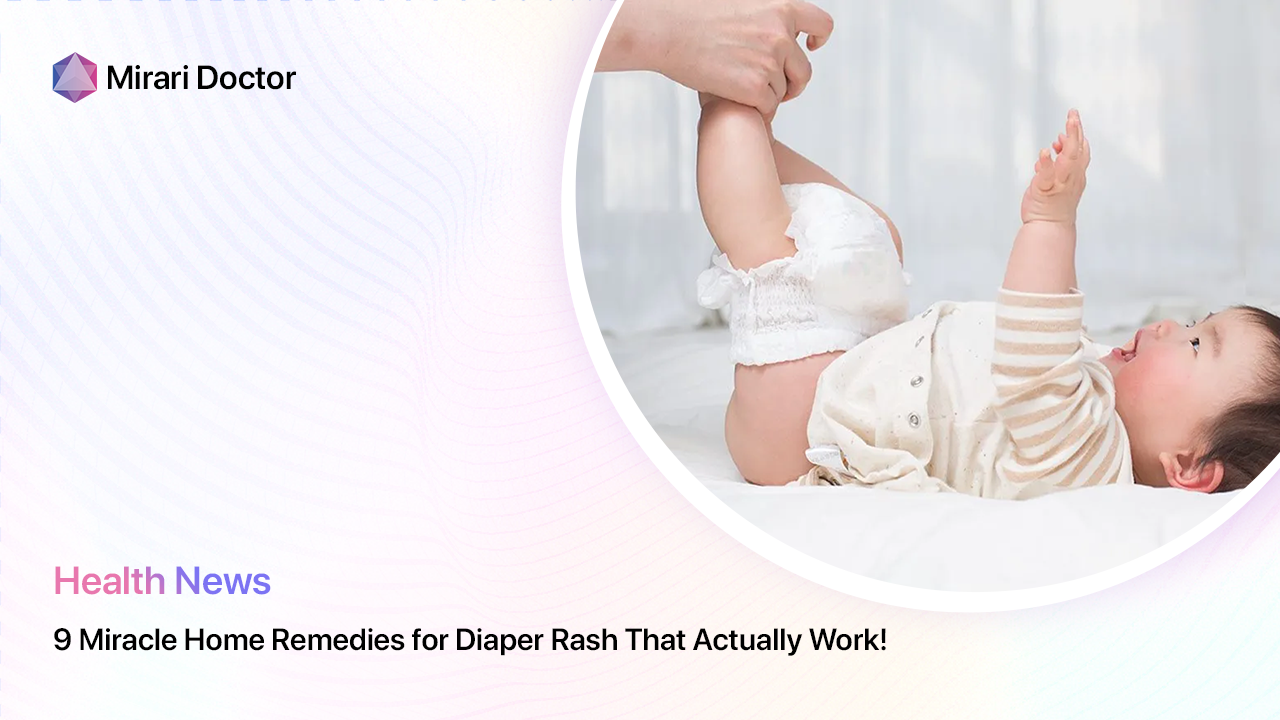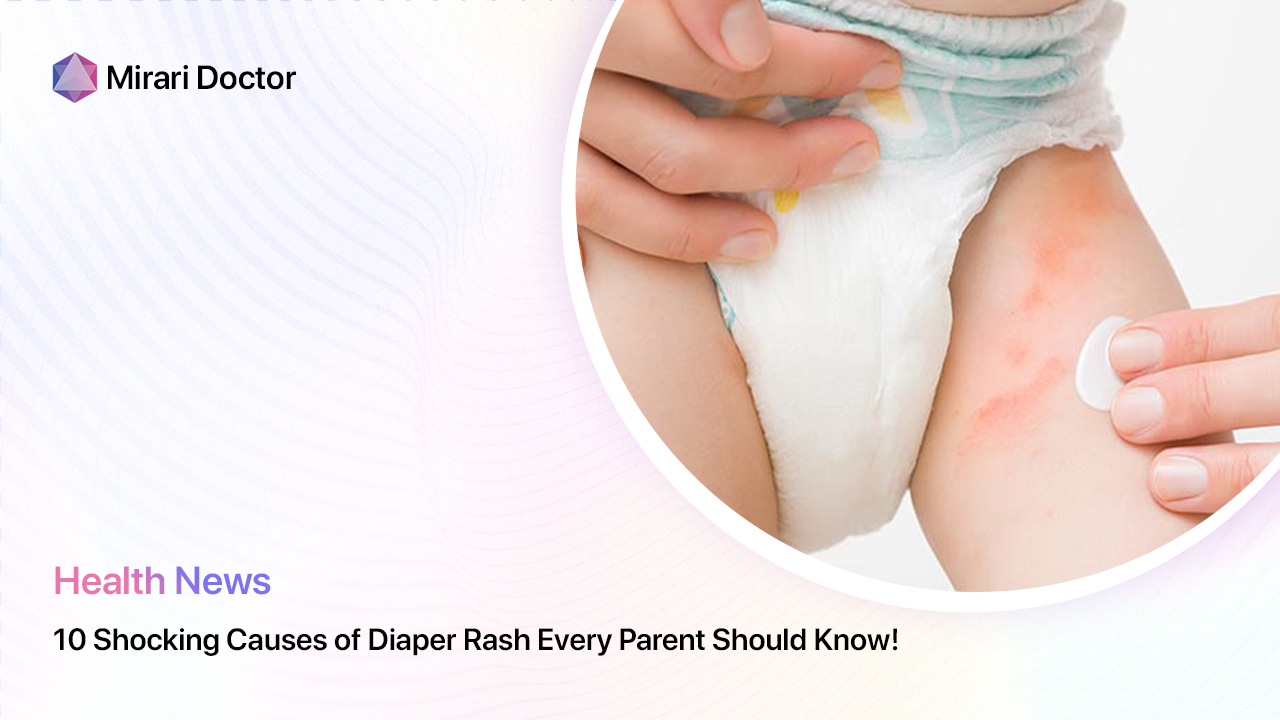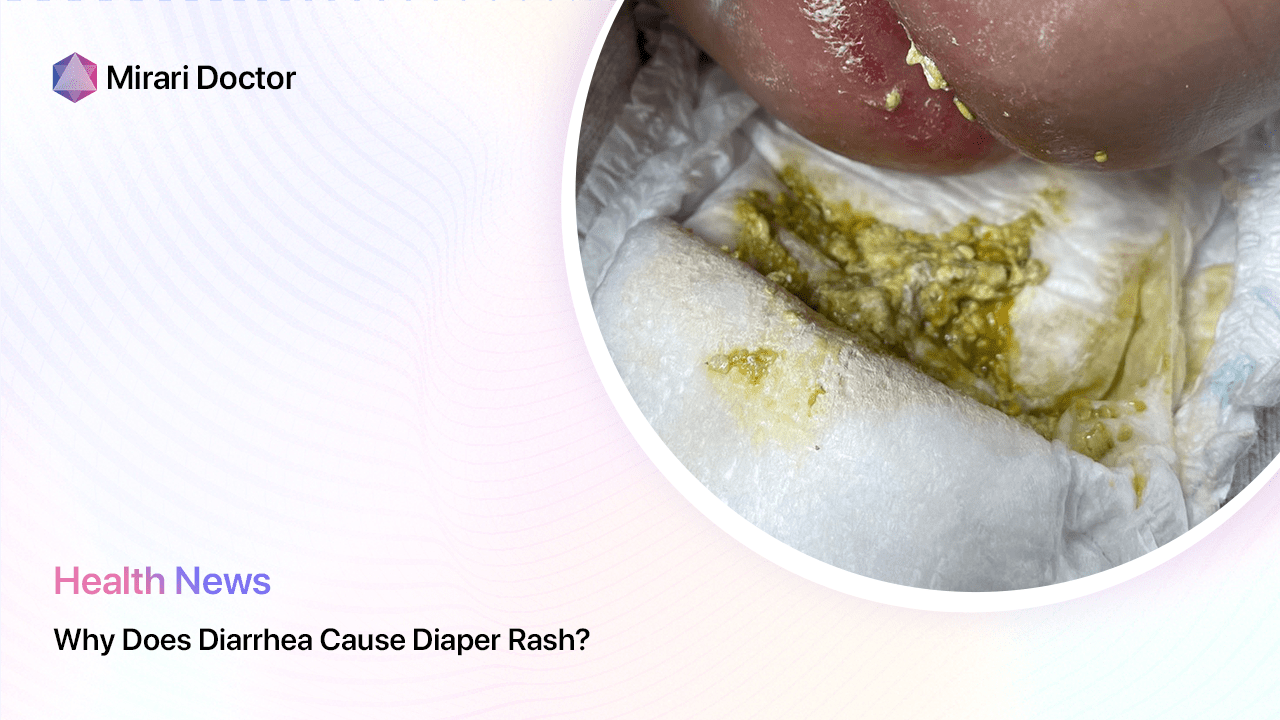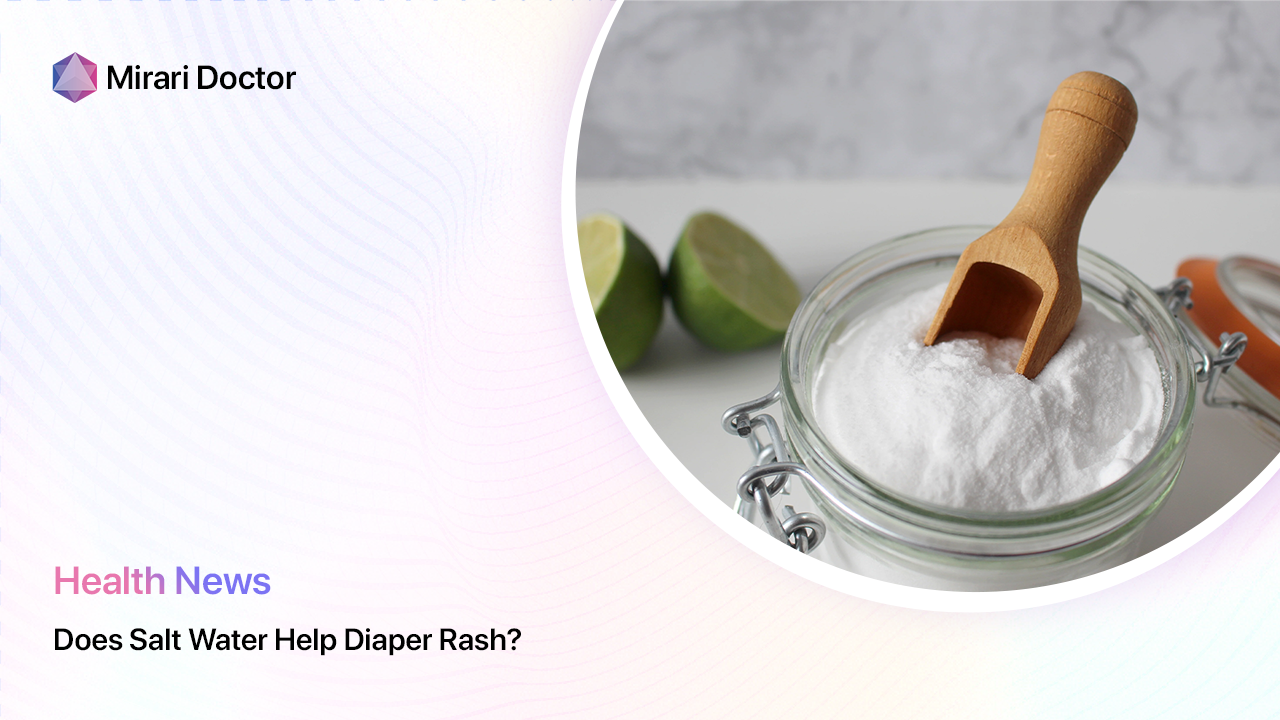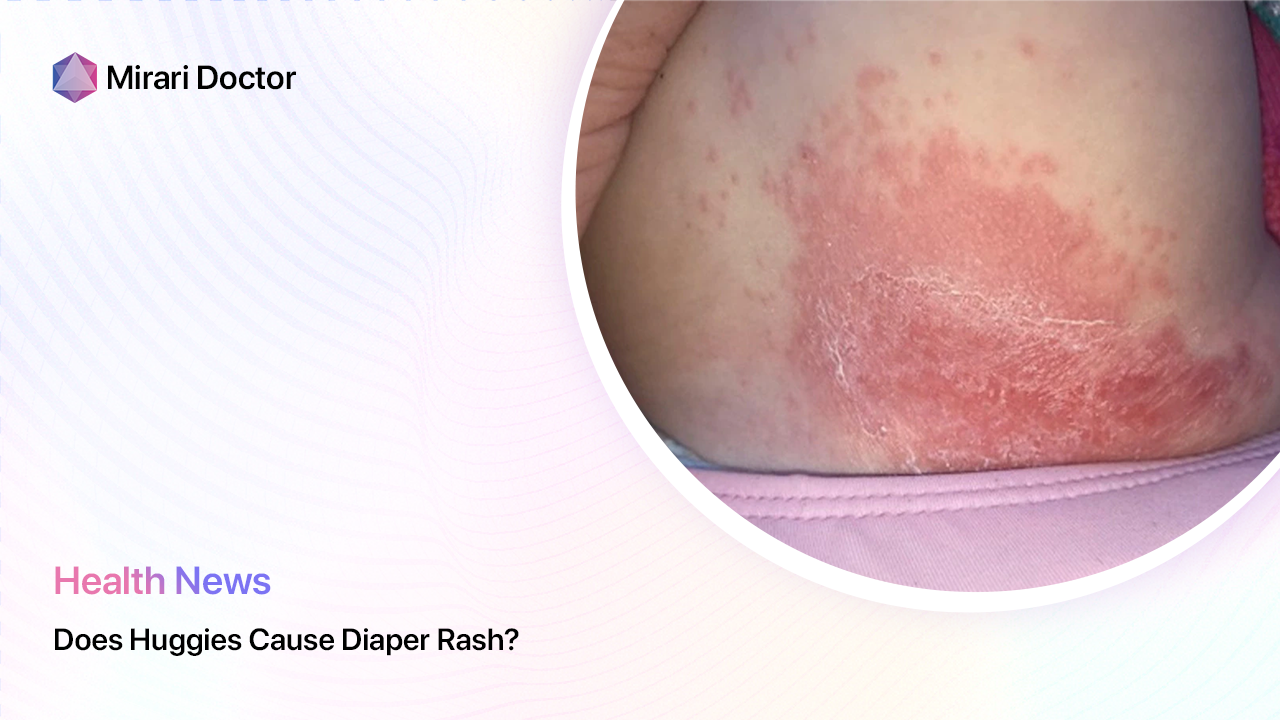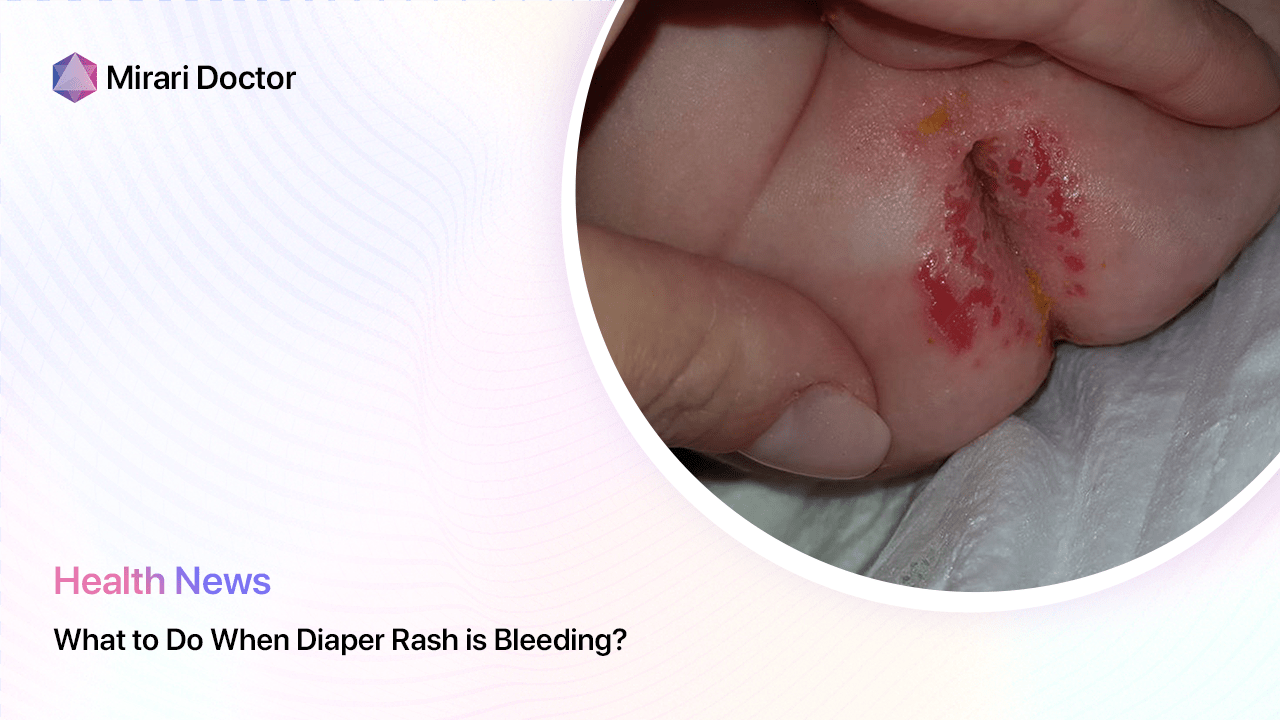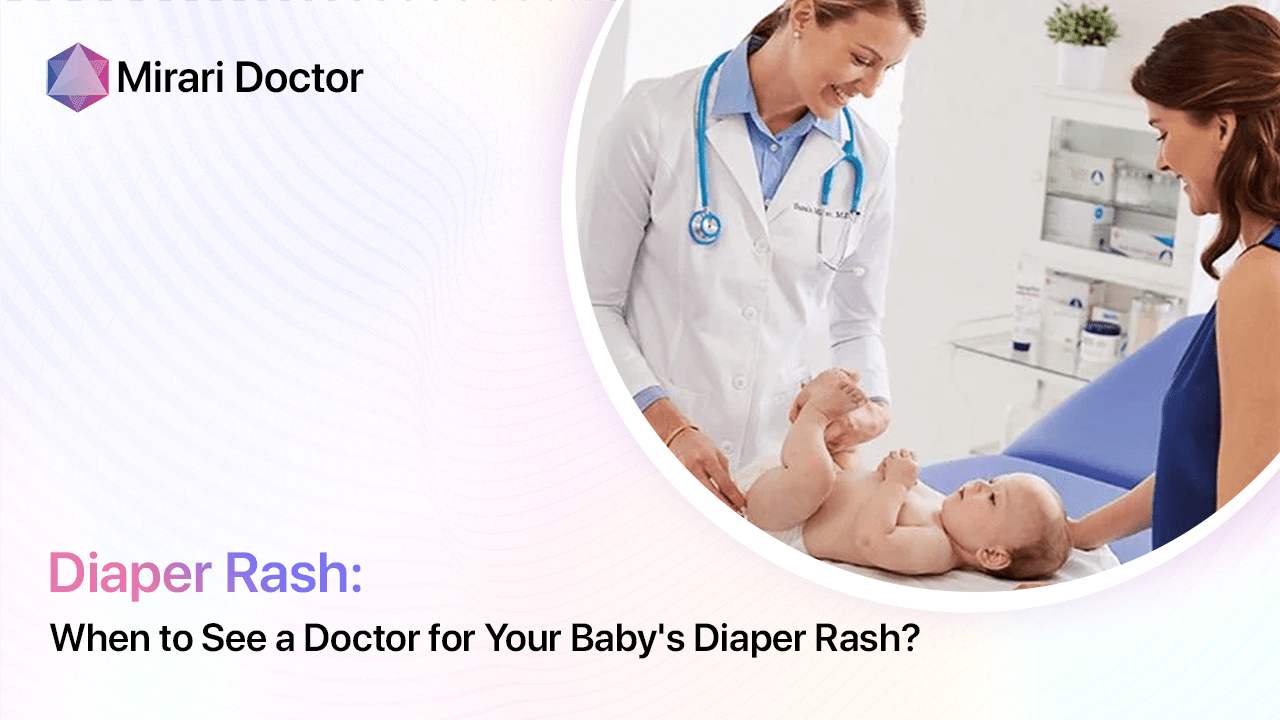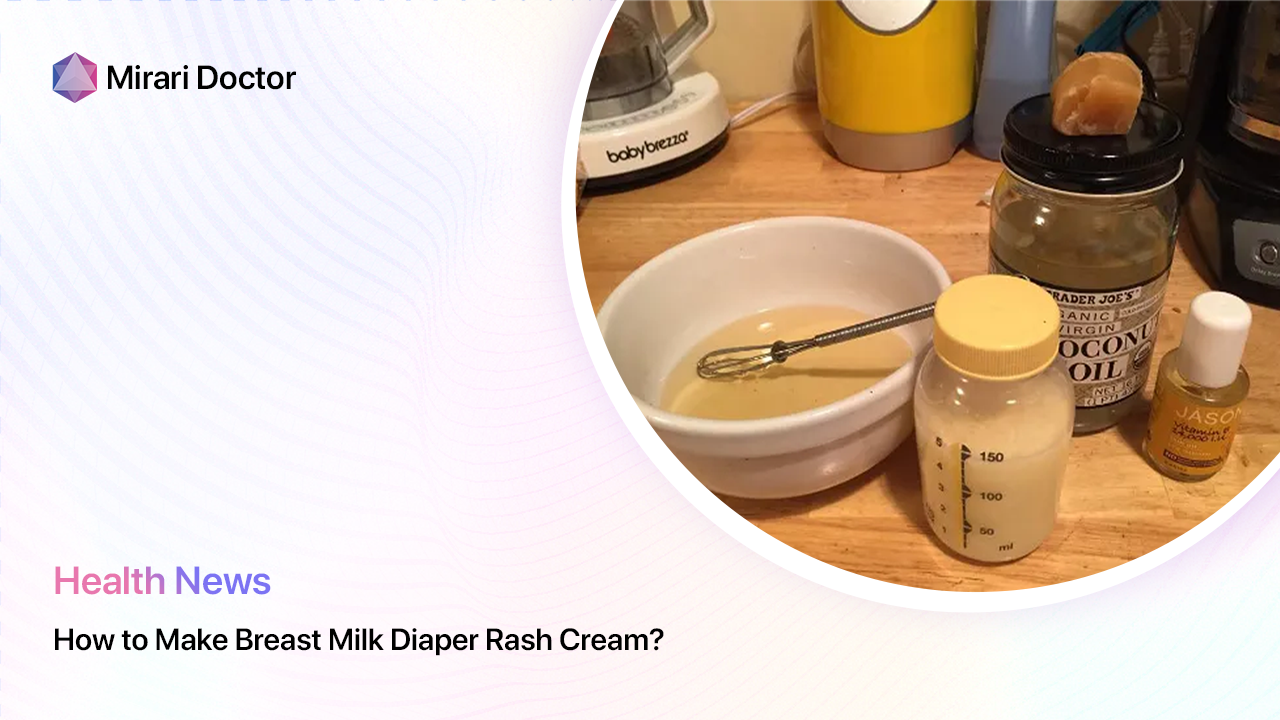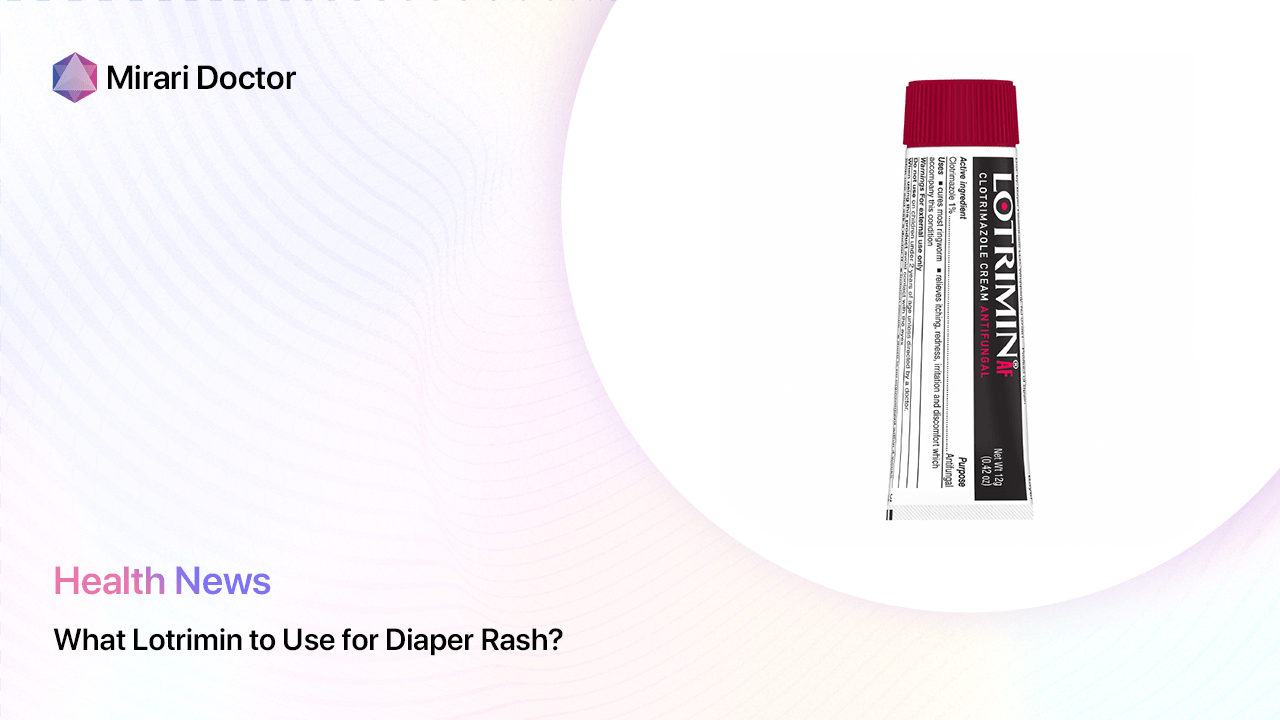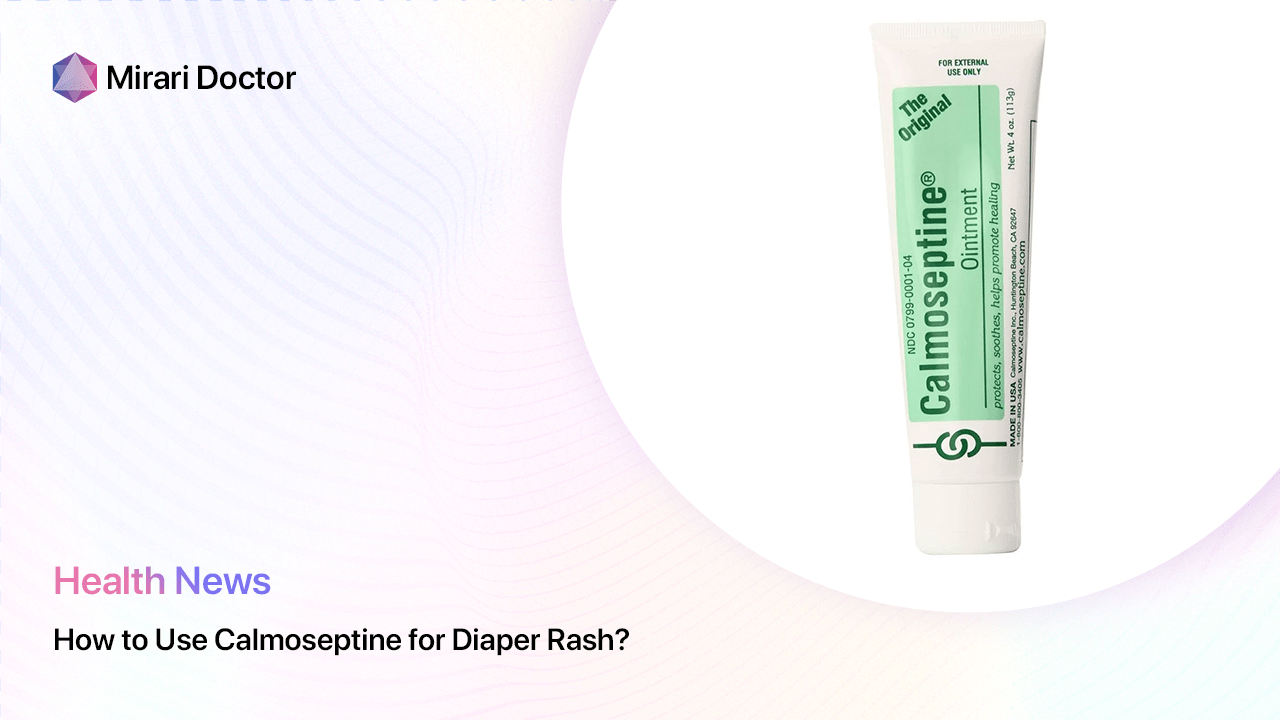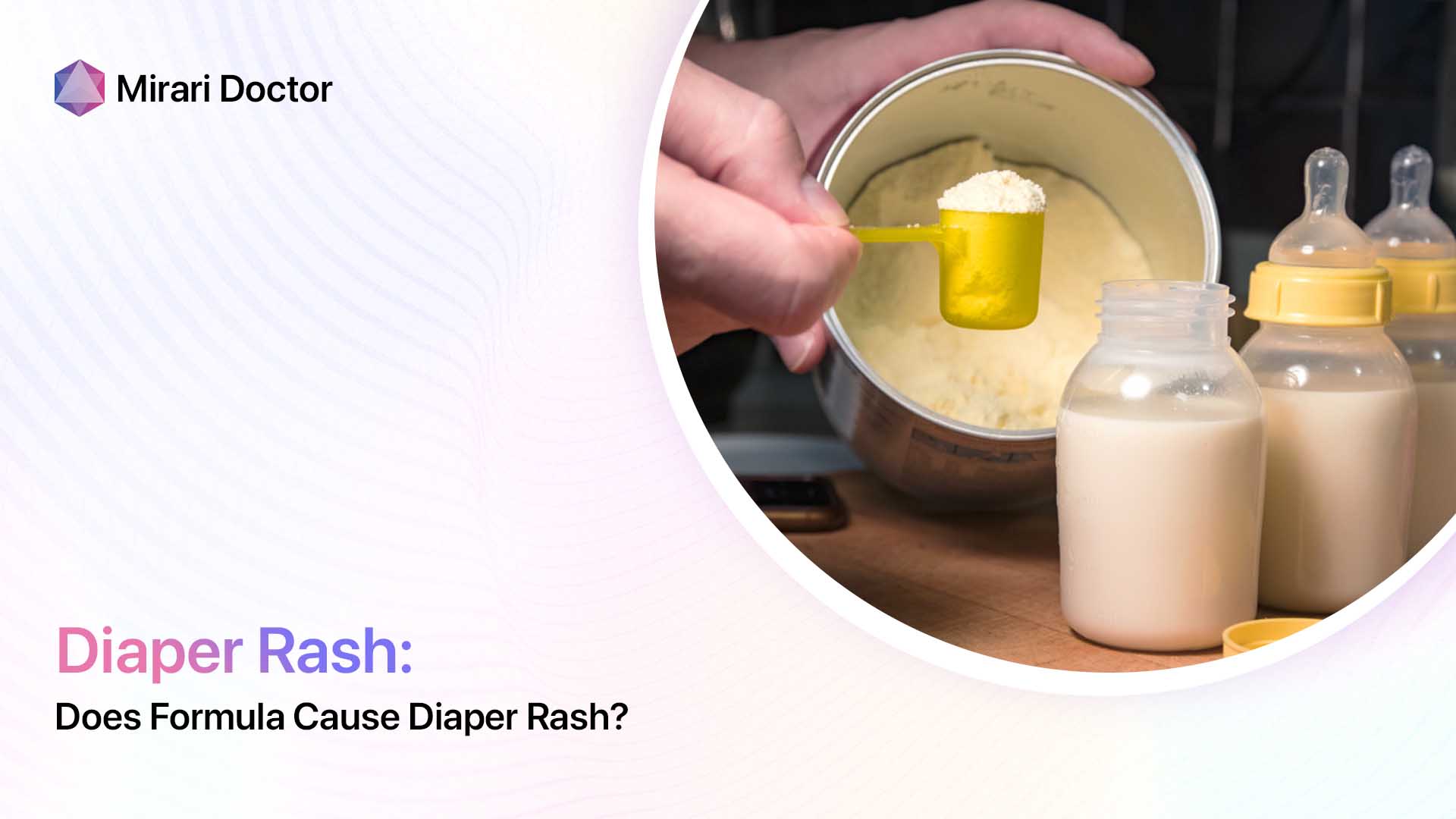
As a new parent, worrying about every skin irritation your precious baby develops is understandable. Red, inflamed patches confined to the diaper area generally reflect standard chafing rashes. However, if you formula feed and notice widespread hives or painful lesions, you may wonder: “Does formula cause diaper rash?”
While not a direct cause, this guide covers how ingredients can provoke allergic reactions leading to severe rashes for some babies. I’ll also overview optimal care and prevention strategies.
What Usually Causes Diaper Rash?
To determine if something besides just formula contributes, let’s first review common underlying causes of diaper rash most babies face:
Moisture and Skin Irritants
Wet or infrequently changed diapers allow urine and feces prolonged contact degrading protective skin. Pee and poop both contain irritants that chemically inflame deeper skin layers once barriers break down.
Even super absorbing modern diapers reach saturation allowing moisture against skin eventually.
Chafing and Friction
Diapers themselves can rub and cause mechanical irritation through repetitive motion. Skin-on-skin friction also damages the top protective lipid layer.
Once rashes start, overlying skin loses resilience making it easier for further abrasions to form.
New Foods and Digestive Changes
What goes in must come out—and changes to baby’s diet impacts stool and urine composition. Supplementing breastmilk with formula introduces new proteins. Starting solids adds more potential gut irritants.
The result is often loose stools with abrasive particles and irritation from higher acidity. Diarrhea from illness or antibiotics also frequently instigates a diaper rash cascade.
Link Between Formula and Diaper Rashes
So where does formula come in? Could something in those meticulously crafted formulas provoke inflammation beyond typical wetness factors?
Yes, formula can indirectly cause diaper rashes but through ignition of allergic responses rather than direct skin toxicity. Babies predisposed to allergies may react to specific proteins with rashes.
Let’s explore distinguishing characteristics of formula allergy rashes versus routine irritation.
Location Beyond Diaper Area
A key indicator of an immune response is redness and rash spreading to back, thighs, arms and torso—areas untouched by diapers. Localized chafing stays confined to skin covered by diapers and wipes.
Raised Red Wheals
Another allergic clue is intense crimson eruptions containing bumpy raised lesions almost resembling hives. Weeping fluid-filled blisters or scaly patches may emerge also.
Formula intolerance drives inflammatory cells and fluids through blood vessels system-wide including the skin.
Resistance to Standard Treatments
You double down on diaper best practices like frequent changes, cloth instead of wipes and ointments galore yet still battle raging red oozing skin suddenly. This hints an immune reaction rather than poor habits.
Other Allergic Signs
Formula allergy can cause additional symptoms like colic, reflux, diarrhea and poor growth. Or a baby might suffer from associated eczema, asthma or environmental reactions. These accompany severe diaper rashes from formula reactance also.
Optimal Rash Care and Prevention
Caring for little ones with formula allergy diaper rash requires removing triggers and soothing inflammation. Key steps include:
Switch Formula Brands
Try a new formula labeled hypoallergenic or for sensitivity. Extensively hydrolyzed and amino acid options break proteins down making them less likely to bind antibodies.
Stick to One Type
Flip-flopping formulas constantly exposes baby to new allergens. Choose one tolerable formula guided by your pediatrician and stick with it exclusively for 6 months before supplements.
Breastfeeding Where Possible
Discuss whether temporary breastfeeding, pumped milk or donor breastmilk could allow baby’s gut a reprieve while battling formula rashes. Even small amounts help heal intestine and skin.
Liberal Skin Protectants
Slather on thick zinc oxide or petroleum jelly liberally after each wash to shield inflamed lesions, provide moisture and speed healing. Avoid allergy triggers like fragrances.
Anti-Itch Additions As Needed
Your pediatrician may suggest antihistamine liquids or creams containing hydrocortisone to quell severe oozing and itching if simple balms fall short.
Probiotics
Restoring equilibrium between good and bad microbes in intestine and on skin assists healing.Discuss probiotic drops or special skin cleansers and creams containing beneficial bacteria.
FAQs: Formula and Diaper Rashes
For more answers regarding formula’s potential role with diaper rashes, see these common questions:
Aren’t formula-fed babies prone to more rashes?
In truth, breastfed babies face the same risks for chafing rashes if left wet frequently. Both need vigilant diaper habits. Formula fed babies battle more overall due to other issues like sugars, pH changes and permeability influencing stool. But when conditions are equal, either can develop rashes without allergies involved.
Can antibiotics cause related rashes?
Yes absolutely. Antibiotics allow overgrowth of yeast and bad bacteria in intestine and on skin. Disrupting this balance frequently causes secondary painful red diaper rashes. Your pediatrician can provide antifungals, probiotics and healing creams.
Could acidic foods provoke rashes?
Acidic foods like tomatoes, citrus or juices with vitamin C can irritate skin if babies have sensitivities. The acids make urine and stool more inflammatory. But unless you see hives and widespread body rash, acids likely just perpetuate routine chafing rather than incite an allergic response. Either way, restrict them.
How can I prevent recurring rashes?
Prevention starts with diligent diaper hygiene. Check often, allow ample bare skin time, wash gently with plain water and apply protection religiously. Identify and avoid dietary rash triggers. Treat underlying causes like yeast overgrowth. And have baby evaluated for allergic tendencies needing precautions.
When should I seek urgent care?
Contact your pediatrician promptly any time severe diaper rashes seem atypical or excessively painful. Also report fevers, skin hot to touch, weeping sores, ors rashes spreading rapidly or lasting over 72 hours despite home remedies. These require prescriptive relief to prevent complications.
Conclusion and Takeaways
In summary:
- Wetness and chafing cause most baby diaper rashes unrelated to formula
- Ingredients can provoke immune hypersensitivity reactions in some babies
- Clues of formula allergy include rashes spreading body-wide, hive-like welts and resistance to standard treatments
- Switching formulas, applying skin protectants and restoring gut/skin microbial balance assists healing
While concerning and uncomfortable, addressing the root trigger along with inflammation allows even severe formula rashes to resolve without permanent damage. As baby’s immune system matures, many outgrow formula reactivity allowing rash-free bottle feeding long-term.
Related articles
Made in USA


